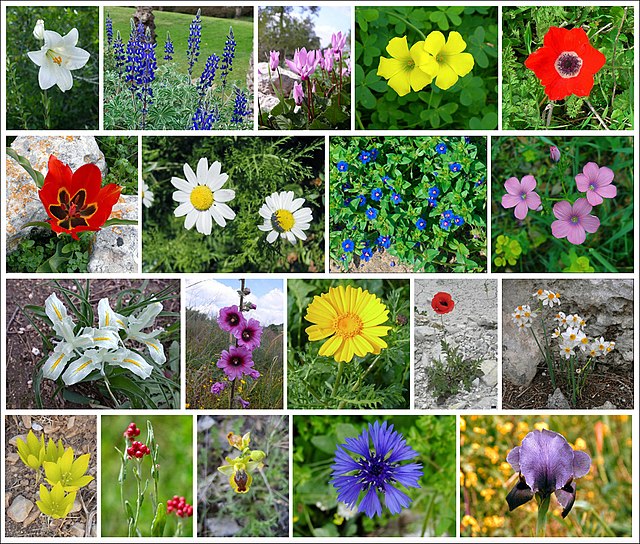Aposematism is the advertising by an animal, whether terrestrial or marine, to potential predators that it is not worth attacking or eating. This unprofitability may consist of any defenses which make the prey difficult to kill and eat, such as toxicity, venom, foul taste or smell, sharp spines, or aggressive nature. These advertising signals may take the form of conspicuous coloration, sounds, odours, or other perceivable characteristics. Aposematic signals are beneficial for both predator and prey, since both avoid potential harm.
The bright colours of this granular poison frog signal a warning to predators of its toxicity.
The honey badger's reverse countershading makes it conspicuous, honestly signalling its ability to defend itself through its aggressive temperament and its sharp teeth and claws.
Flamboyant cuttlefish colours warn of toxicity
Hycleus lugens, an aposematically coloured beetle
Advertising in biology means the use of displays by organisms such as animals and plants to signal their presence for some evolutionary reason.
Red deer stag advertises its size honestly by roaring in the breeding season, reducing the need to fight.
Insect-pollinated flowers use a combination of cues to advertise themselves to insects.
Wilson's bird-of-paradise advertises to females in the breeding season with brilliant colours, patterns and tail plumes, as well as display behaviour and song.
Skunk, Mephitis mephitis, advertising its powerful defences by raising its tail and displaying its aposematic coloration








